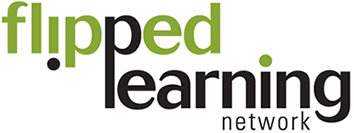Pillars of Flipped Learning
 The Flipped Learning Network (FLN) announced a formal definition of the term “Flipped Learning” back in March, you should go read that definition on their site here.
The Flipped Learning Network (FLN) announced a formal definition of the term “Flipped Learning” back in March, you should go read that definition on their site here.
You may choose to agree with parts and have disagreements with other parts of the definition but I think it is important that the FLN set out this definition to give us talking points and a concrete document to point people to
My Workshop: Flexible Environment
To continue the thread for my online workshop on Flipped Learning for faculty at the Tecnológico de Monterrey, this weeks discussion is on the first pillar: “Flexible Environment”. I invite the readers to go read the original document but I will include just the definition here. Please also reflect on your views of the three statements (F1,F2,F3) on the document.
Flipped Learning allows for a variety of learning modes; educators
often physically rearrange their learning spaces to accommodate a
lesson or unit, to support either group work or independent study.
They create flexible spaces in which students choose when and where
they learn. Furthermore, educators who flip their classes are flexible
in their expectations of student timelines for learning and in their
assessments of student learning.
My “students” in that workshop are working on their views on Flexible Environment as a short video blog and a written reflection which is due this Thursday.
Feedback

What are your experiences with Flipped Learning? Please join us in our Flipped Classroom Mexico Facebook group or head over to The Flipped Class Network on Facebook as well. The discussion on the #flipclass chats on Monday evenings (5pm Pacific, 8pm Eastern) on Twitter; follow that hashtag to join in on the fun.
The Flipped Learning Network has a page linking to blogs about Flipped Learning as well as information about that weekly twitter chat
